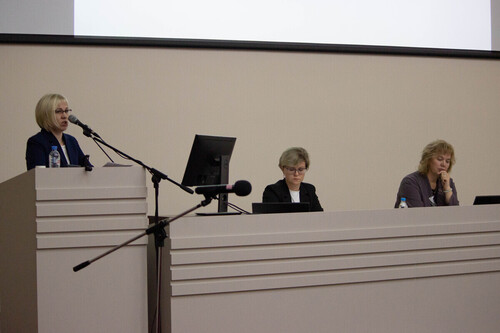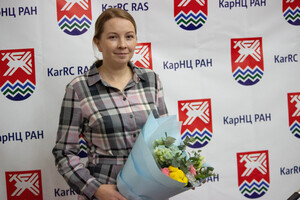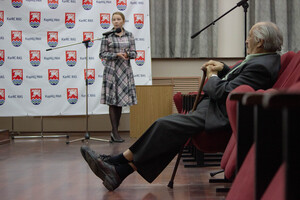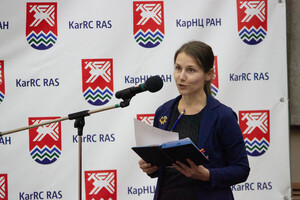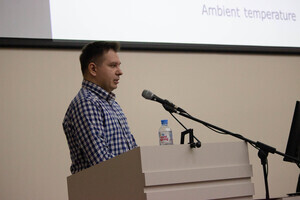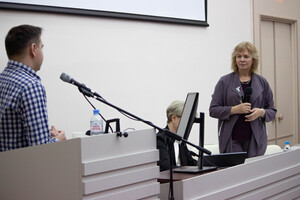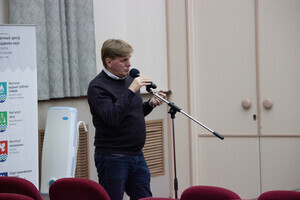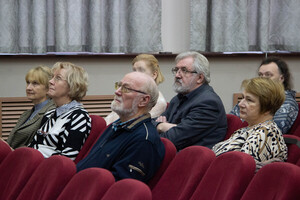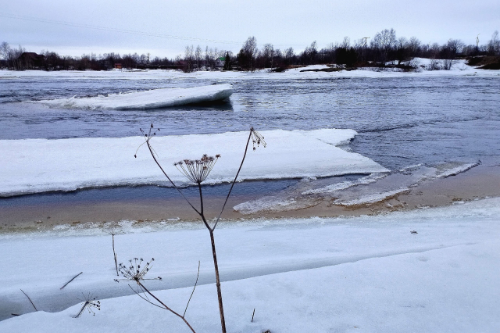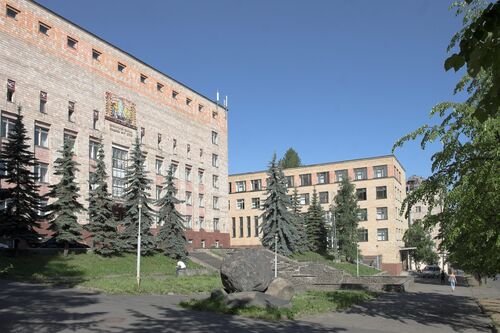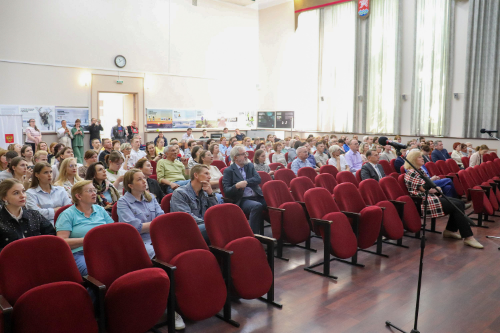The core agenda included two academic lectures. On the eve of the International Day of the Karelian Language, which is celebrated on November 27, Maria Kundozerova, Researcher at the Folklore and Literary Studies Section ILLH KarRC RAS, gave a talk and congratulated her colleagues. In her lecture, the philologist presented the results of a study on the ways of performing Karelian epic runo songs in the 19th - 21st centuries.
For the first time, a general analysis of the methods of epic runo singing was carried out involving a wide range of sources. The material for the study included data from collectors of Karelian folklore, archival collections and published collections of Karelian runo songs, travel accounts and illustrative material, as well as interviews with contemporary runo song performers conducted this year. The researcher summarized and supplemented the work of her predecessors, systematized and described the ways of performing epic runo songs and introduced into scientific circulation the runo singing facts that are little known to the Russian reader. All translations were made by the author of the presentation.
– There were two main ways of performing Karelian epic runo songs in the Karelian tradition: solo singing, either by a man or by a woman, and singing by two men. The latter has two variants: solemn performance of runo songs, when verses of hte same piece are sung alternately and together, and “singing competition” - performing different runo songs in turns to determine the best performer. Solo singing and solemn runo singing by two men could be accompanied by kantele playing, which is an exception to the tradition. In a later period, singing accompanied by kantele became a part of stage performance, – told Maria Kundozerova.
In the discussion, the institute's researchers Irina Novak and Yulia Litvin noted that the results are particularly relevant in connection with the growing public and scientific interest in intangible cultural heritage and could help in preparing the nomination for listing Karelian runo songs in the Register of Intangible Cultural Heritage of Peoples of the Russian Federation.
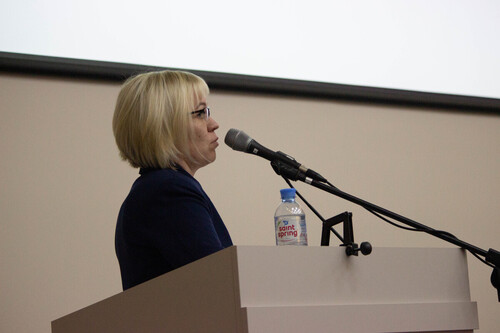
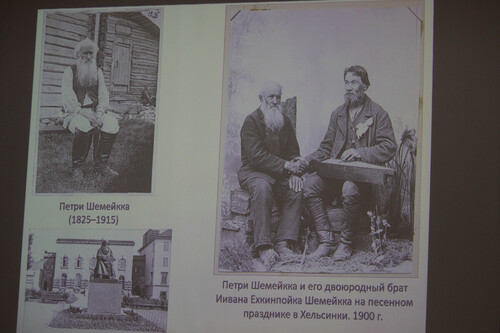
Philologist Maria Kundozerova presented the results of a study on the ways of performing Karelian epic runo songs in the 19th - 21st centuries.
A study of hibernation in bats was presented by Evgeny Khizhkin, Senior Researcher at the Laboratory of Ecological Physiology of Animals, Institute of Biology, KarRC RAS.
The most abundant species during the wintering period in our region is the Northern bat - its share is almost 50%. A total of five bat species overwinter in Karelia.
The biologist told about the “optimal hibernation theory” proposed by American scientist Justin Boyles, according to which the body temperature of bats during hibernation is determined mainly by the ambient temperature. The lower the body temperature, the less energy will be expended. Thus, in order to reduce energy consumption, these mammals need to move to places with near-minimum air temperatures within their hibernacula.
The study of hibernacula in Karelia showed that bats hibernate in a wide range of air temperatures and relative humidity. These results generally agree with the optimal hibernation theory and indicate a predictable narrowing of the preferred temperature range from the beginning to the end of hibernation (2.6ºÑ to 7.2ºÑ in the fall, 1.5ºÑ to 3.0ºÑ in the spring). In southerner parts of the range (e.g. in the Leningrad Region) this pattern is much less pronounced. In the presentation, the scientist paid special attention to those bat individuals that stayed in the hibernacula at sub-zero ambient temperatures (-5.7ºÑ to -0.3ºÑ).
The researchers concluded that not only the ambient temperature but also the temperature of the substrate they occupied was important to bats in the northern periphery of their range.
– Our data indicate that bats are not so strongly restricted by microclimatic conditions for wintering in the north and, as a rule, have the opportunity to choose the most comfortable sites to stay in. There were certain limits for each bat species in terms of ambient temperature and relative air humidity, beyond which the animals were not encountered. To wit, relative humidity in the underground hibernaculum being the same, the Northern bat occupied cooler sites that Myotis bats and brown long-eared bats. Furthermore, the species was absent in sites with air temperatures above 13ºÑ and relative humidity below 60%, – told Evgeny Khizhkin.




